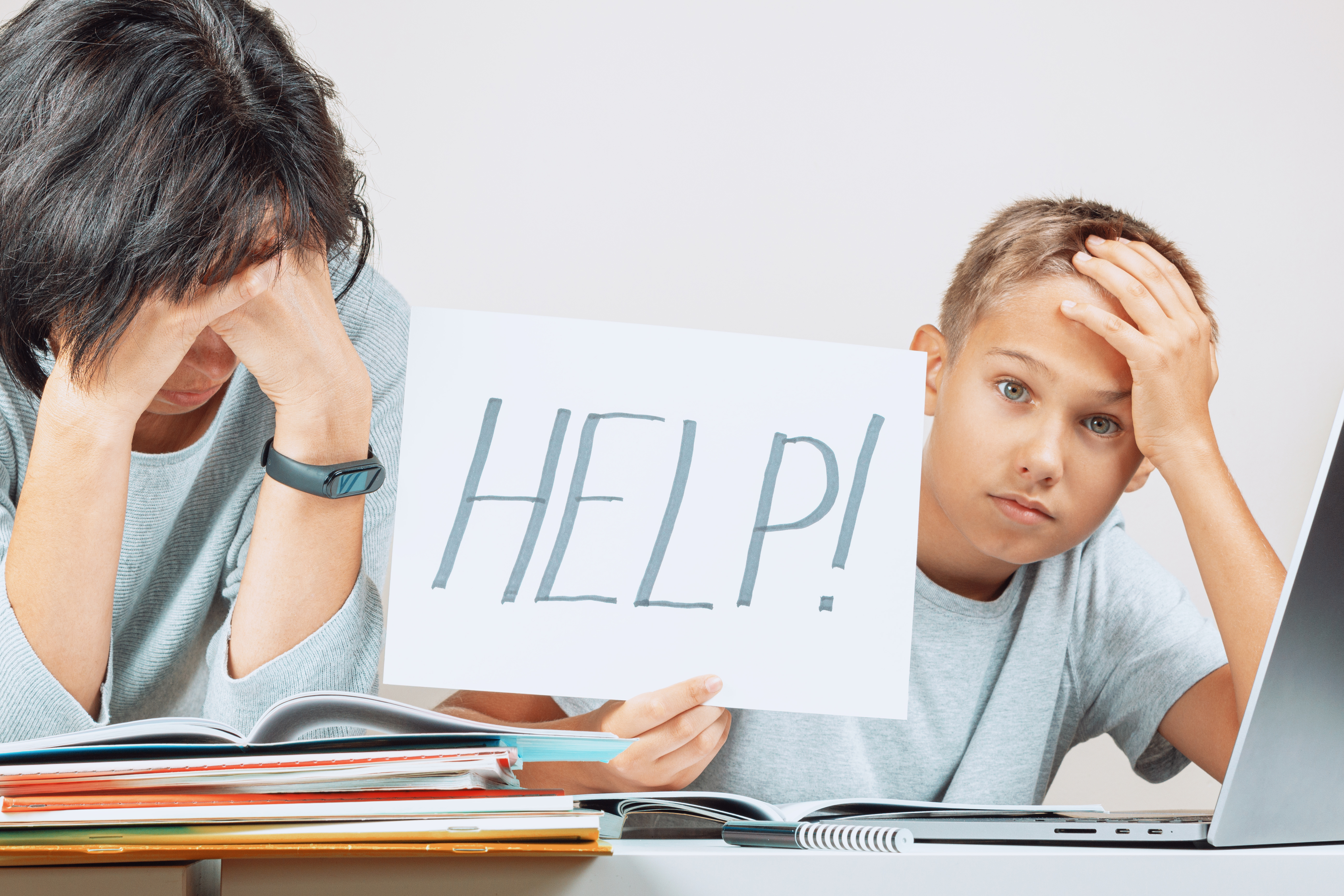By: The Editorial Board – wsj.com – December 6, 2021
What’s more, “these declines were larger in districts with less in-person instruction,” the authors note. For example, they found that “offering full in-person instruction rather than fully hybrid or virtual instruction reduces test score losses in math by 10.1 percentage points (on the base of 14.2 percentage points).” In language arts, the losses for full in-person instruction were cut by 3.2 percentage points. In short, remote and hybrid instruction were linked to two to three times more learning loss.
Losses in language arts were “significantly larger in districts with larger populations of students who are Black, Hispanic or eligible for free and reduced price lunch,” the researchers note. This isn’t surprising since lower-income parents may not have had the time or financial means to provide additional academic support to children. But here’s the kicker: The study also found that districts with lower test scores and more black students also offered less in-person learning.
While the researchers don’t note this, the common link here may be teachers unions. Urban districts with stronger unions tend to have lower student test scores because their collective-bargaining agreements make it harder to fire lousy teachers, reward good ones and implement other reforms. These districts also tended to keep schools fully shut.
It’s also notable that Virginia had the greatest decline in math pass rates—31.9 percentage points—between the 2018-19 and 2020-21 school years. Of the 12 states studied, Virginia also offered the least amount of in-person instruction. Perhaps this is one reason that most Virginians who cited education as a top issue in the November Governor’s race in exit polls voted for Republican Glenn Youngkin.
It will take educators years to fix the learning damage wrought by the school shutdowns, if they ever do. What a needless tragedy.
To see this article and subscribe to others like it, choose to read more.
 Listen Online
Listen Online Watch Online
Watch Online Find a Station in Your Area
Find a Station in Your Area









 Listen Now
Listen Now Watch Online
Watch Online
